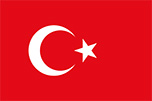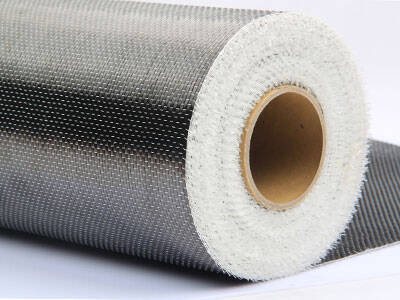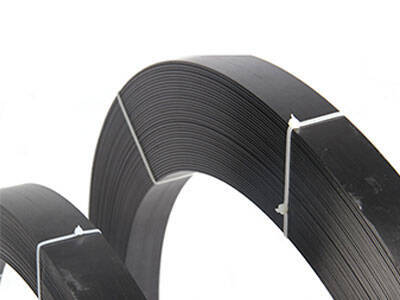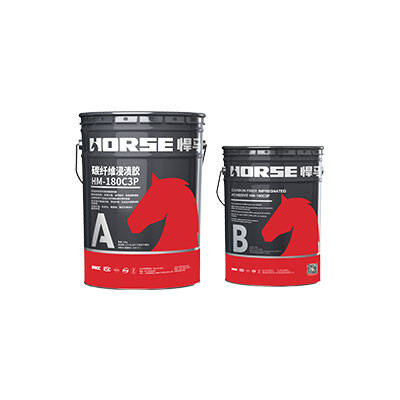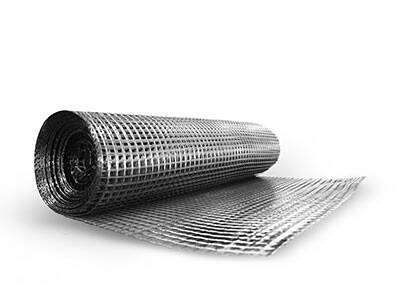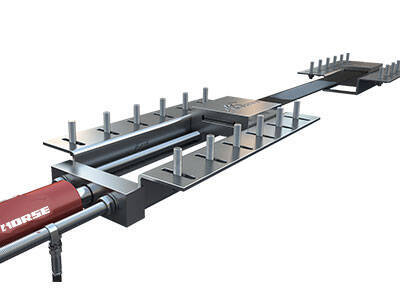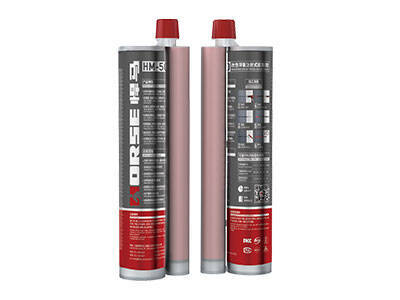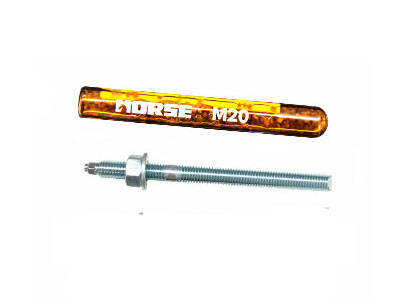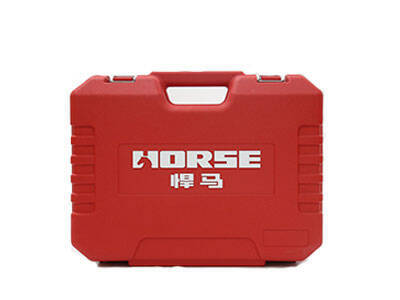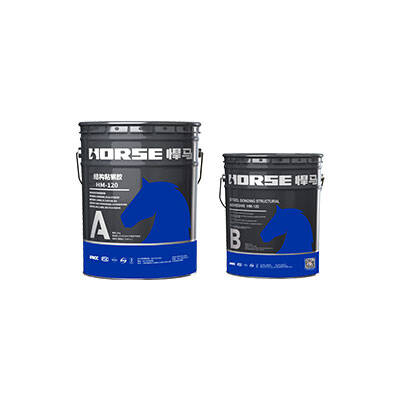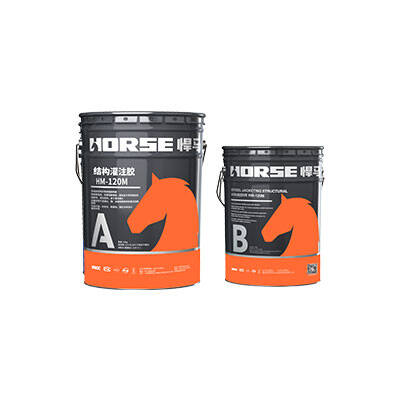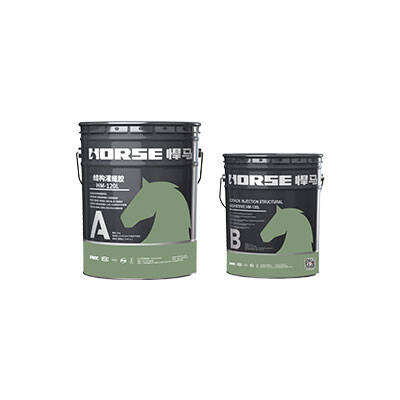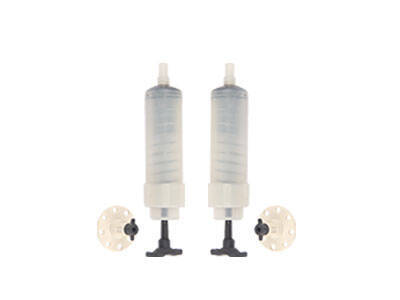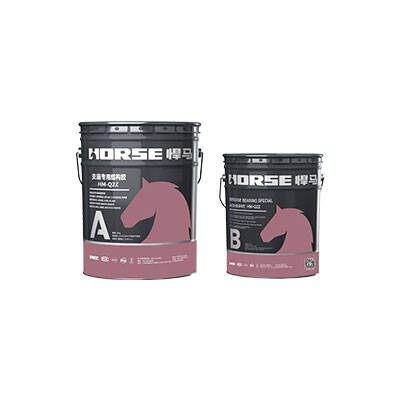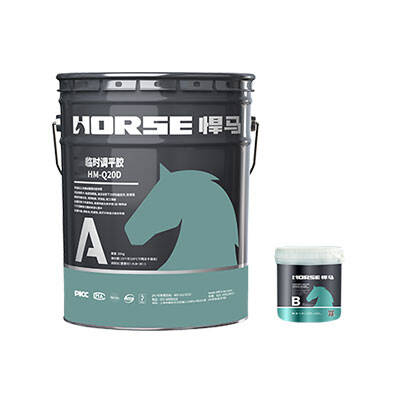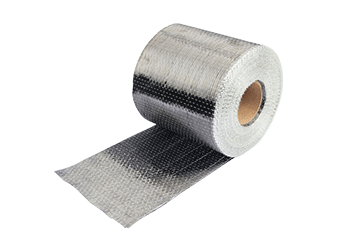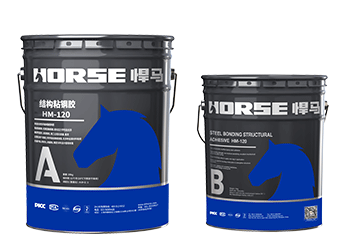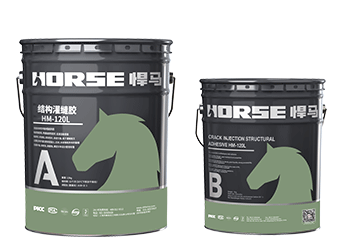Mesures de traitement des fissures dans le béton
Les fissures dans le béton sont un phénomène courant dans les structures en béton. Leur apparition réduit non seulement la résistance aux infiltrations du bâtiment, affecte sa fonctionnalité, mais provoque également la corrosion des barres d'acier et la carbonisation du béton, réduit la durabilité du matériau et affecte sa capacité portante. Il est donc nécessaire de pénétrer dans les fissures.
Les fissures dans le béton sont fréquentes dans les structures en béton. Leur apparition réduit non seulement la résistance aux infiltrations du bâtiment, affecte sa fonctionnalité, mais provoque également la corrosion des barres d'acier et la carbonisation du béton, réduit la durabilité du matériau et affecte la capacité portante du bâtiment. Il est donc nécessaire de pénétrer dans les fissures du béton. Une étude approfondie et une gestion adaptée sont nécessaires pour garantir la sécurité des bâtiments et de leurs composants.
Fissure de retrait plastique
Le retrait plastique désigne le retrait du béton dû à la perte rapide d'eau avant condensation. Les fissures de retrait plastique se forment dans le béton frais et sont exposées à l'air libre à la surface de la structure. Leur forme est très irrégulière au milieu et large, tandis que les deux extrémités sont fines et distinctes, incohérentes. Elles mesurent généralement entre 20 et 750 px de long. Les fissures longues peuvent atteindre 2 à 3 m de long et 1 à 5 mm de large, et ressemblent à une surface de boue sèche. La plupart de ces fissures se produisent par temps sec, chaud ou venteux. La température du béton est différente de celle de l'extérieur. La température est élevée pendant une longue période et le climat est très sec.
Principales mesures préventives :
Lors de la préparation du béton, le rapport eau/ciment et la quantité de ciment doivent être rigoureusement contrôlés. Un sable de bonne granulométrie doit être sélectionné pour réduire l'indice de vide et la teneur en sable. Parallèlement, le compactage doit être effectué pour réduire le retrait et améliorer la résistance à la fissuration du béton.
Avant la préparation du béton, l'eau de la base et du gabarit est humidifiée afin d'éviter son absorption par le béton. Après le coulage, la surface exposée doit être recouverte de matériaux humides au fur et à mesure.
Par temps chaud, froid ou vent fort, la pulvérisation d'eau doit être maintenue peu après le coulage afin de maintenir le béton humide. Le béton sur une grande surface doit être coulé sur une section. En saison chaude, la pression de surface et l'entretien doivent être renforcés.
La cure du béton peut être réalisée avec un agent de cure, ou avec des sacs de sable humide, des bâches plastiques ou d'autres méthodes. Si des fissures de surface sont détectées, elles doivent être compactées au fur et à mesure et recouvertes d'un produit d'entretien.
Utiliser une eau de gâchage conforme aux exigences et, autant que possible, du sable de rivière propre.
Après l'apparition de fissures, si le béton reste malléable, il est possible de les éliminer rapidement par pressage ou vibration, puis de procéder à un renforcement. Si le béton est durci, il est possible de combler les fissures avec de la poudre de ciment sèche ou de traiter la surface avec un mortier de ciment fin. Pour les éléments préfabriqués, on peut utiliser de la résine époxy ou de la fibre de verre époxy pour sceller la surface des fissures afin de prévenir la corrosion des armatures.
Fissure de retrait à sec
Les fissures de retrait à sec apparaissent souvent après la fin de la cure du béton ou du coulage. Elles sont principalement dues aux différences de déformations dues à l'évaporation de l'eau à l'intérieur et à l'extérieur du béton. Ces fissures sont des lignes parallèles superficielles ou des fissures fines et nettes. Leur largeur est généralement comprise entre 0,05 et 0,2 mm. Pour les poutres minces, les plaques sont souvent réparties dans le sens court, et la structure globale se situe principalement au niveau de la section variable de la structure. La fissure plane s'étend jusqu'à la section variable ou au bord du bloc. Le béton de masse est plus fréquent dans la partie plane, et le Liang Banzhong, plus fin, se répartit principalement dans son sens court.
Principales mesures préventives :
La quantité de ciment pour béton, le rapport eau/ciment et la teneur en sable ne doivent pas être trop importants. Contrôlez rigoureusement la teneur en sable et évitez l'utilisation excessive de limon.
Le béton doit être vibré et compacté, et sa surface doit être comprimée. Après la prise initiale du béton, deux pressions peuvent être appliquées pour améliorer sa résistance à la traction, réduire son retrait et créer des joints de contraction appropriés dans la structure en béton.
Renforcez la maintenance précoce du béton et prolongez son temps de durcissement. Pendant longtemps, l'élément préfabriqué peut recouvrir le rideau et le sac de paille, éviter l'exposition, arroser régulièrement, maintenir l'humidité et prolonger la durée de conservation du béton en hiver.
Fissures de température
Les fissures de température apparaissent souvent à la surface du béton massif ou dans les zones où la différence de température est la plus importante. Leur évolution est généralement irrégulière : les fissures des structures de grande surface sont souvent transversales, la structure de la poutre est plus large, les fissures sont parallèles au côté court, les fissures profondes et pénétrantes sont parallèles ou presque parallèles au côté court, les fissures apparaissent le long du bord long et le milieu est plus dense. La largeur et la taille des fissures de température varient généralement, et sont plus nettement influencées par les variations de température. En hiver, la largeur des fissures est plus large et plus étroite en été. Les extrémités intermédiaires sont généralement fines en raison de la forte dilatation thermique, mais la variation d'épaisseur des fissures de retrait à froid n'est pas évidente.
Principales mesures préventives :
Une sélection judicieuse des matières premières et des proportions du mélange, avec une granulométrie de qualité, une teneur en boues de sable et de gravier maîtrisée, et une conception optimisée des proportions de mélange pour réduire la quantité de ciment et le rapport eau/ciment.
Les couches sont coulées, compactées ou mélangées avec des agents anti-fissuration et anti-infiltration afin d'améliorer la résistance à la traction du béton, de renforcer sa prise et sa conservation thermique, et de préserver les joints de retrait thermique.
Il est nécessaire de prolonger le temps de prise en été afin d'améliorer l'énergie anti-fissuration. En hiver, il est conseillé de prolonger progressivement le temps de conservation et de restitution de la chaleur afin d'éviter les variations de température excessives et de ne pas couler de gros volumes de béton par temps chaud.
Le ciment doit réduire le taux d'hydratation précoce et la chaleur d'hydratation, notamment pour réduire la teneur en C3A et en alcalis, contrôler la finesse et la granulométrie du ciment, mélanger le mélange de manière rationnelle, réduire la température du ciment et contrôler sa stabilité, afin de réduire le dosage du ciment et la chaleur d'hydratation.
Les fissures dues à la température affectent la corrosion des barres d'acier, la carbonisation, la résistance au gel-dégel et la résistance à la fatigue. Par conséquent, des mesures doivent être prises pour les contrôler. Pour les fissures superficielles, on utilise deux couches de colle époxy ou de tissu de verre époxy, ainsi qu'un enduit, du mortier de ciment et d'autres méthodes pour sceller la surface. La structure, présentant des exigences d'étanchéité et d'imperméabilité intégrales, doit être réparée en fonction du degré de fracture par irrigation, en utilisant de la boue d'irrigation ou un coulis chimique pour réparer les fissures, ou en appliquant un coulis et en fermant la surface. Ces mesures sont adoptées simultanément.
Fissure de tassement
La plupart de ces fissures sont profondes ou pénétrantes, et leur direction est liée à l'affaissement, généralement perpendiculairement au sol ou dans une direction de 30 à 45 degrés. Les fissures de tassement les plus importantes présentent souvent une certaine dislocation, et leur largeur est souvent proportionnelle au tassement. La largeur de la fissure est moins affectée par les variations de température, et les fissures de tassement tendent à se stabiliser une fois la déformation de la fondation stabilisée.
Principales mesures préventives :
Pour les sols meubles et meubles, les fondations doivent être renforcées avant la construction de la superstructure.
Assurez-vous que le gabarit présente une résistance et une rigidité suffisantes, ainsi qu'un support solide, et assurez-vous que les fondations sont uniformes.
Pour éviter que les fondations ne soient saturées d'eau lors de l'arrosage du béton, le démontage du gabarit ne doit pas être effectué trop tôt, il convient de respecter l'ordre de démontage et de prendre certaines précautions lors de la mise en place du gabarit sur un sol gelé.











